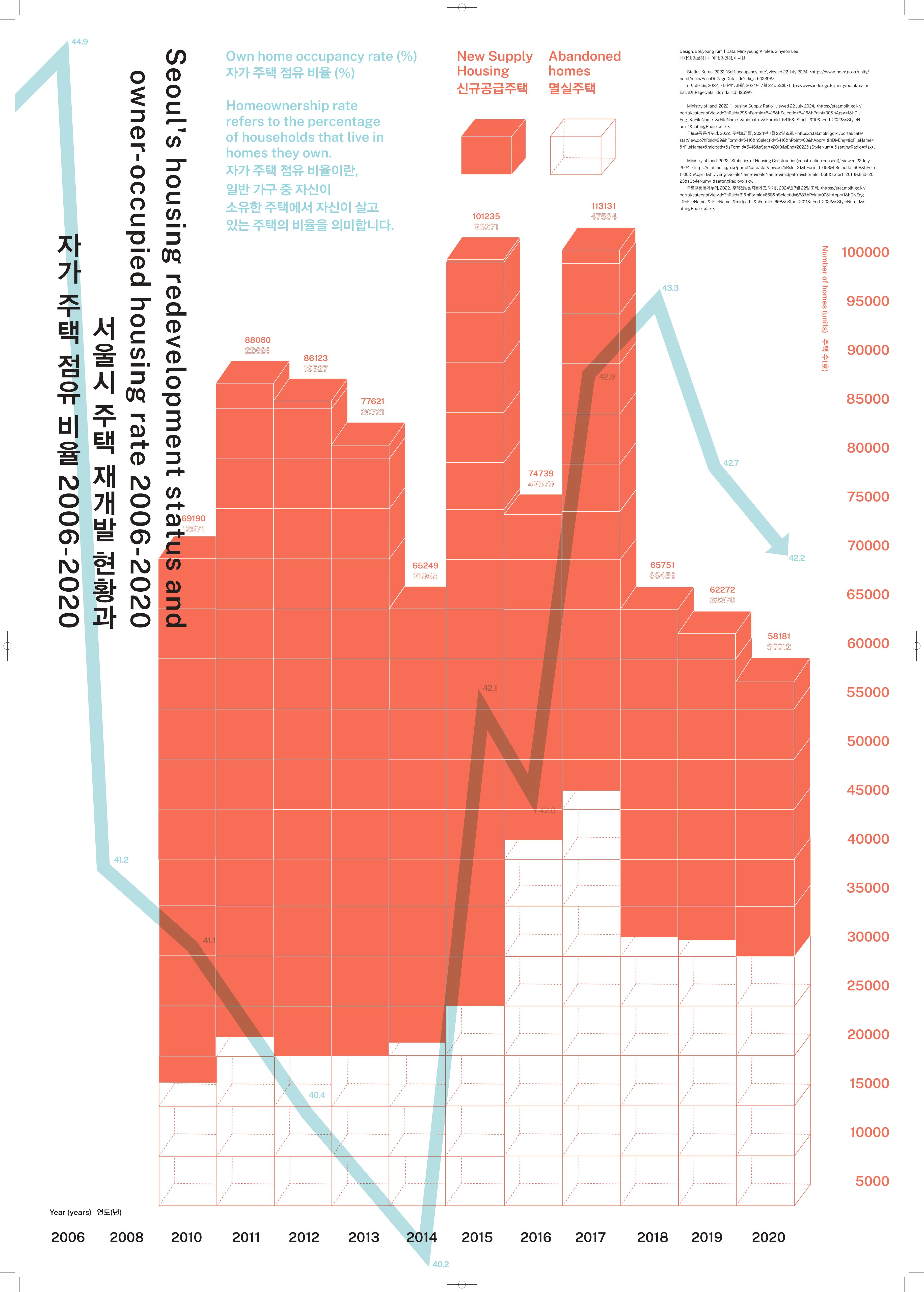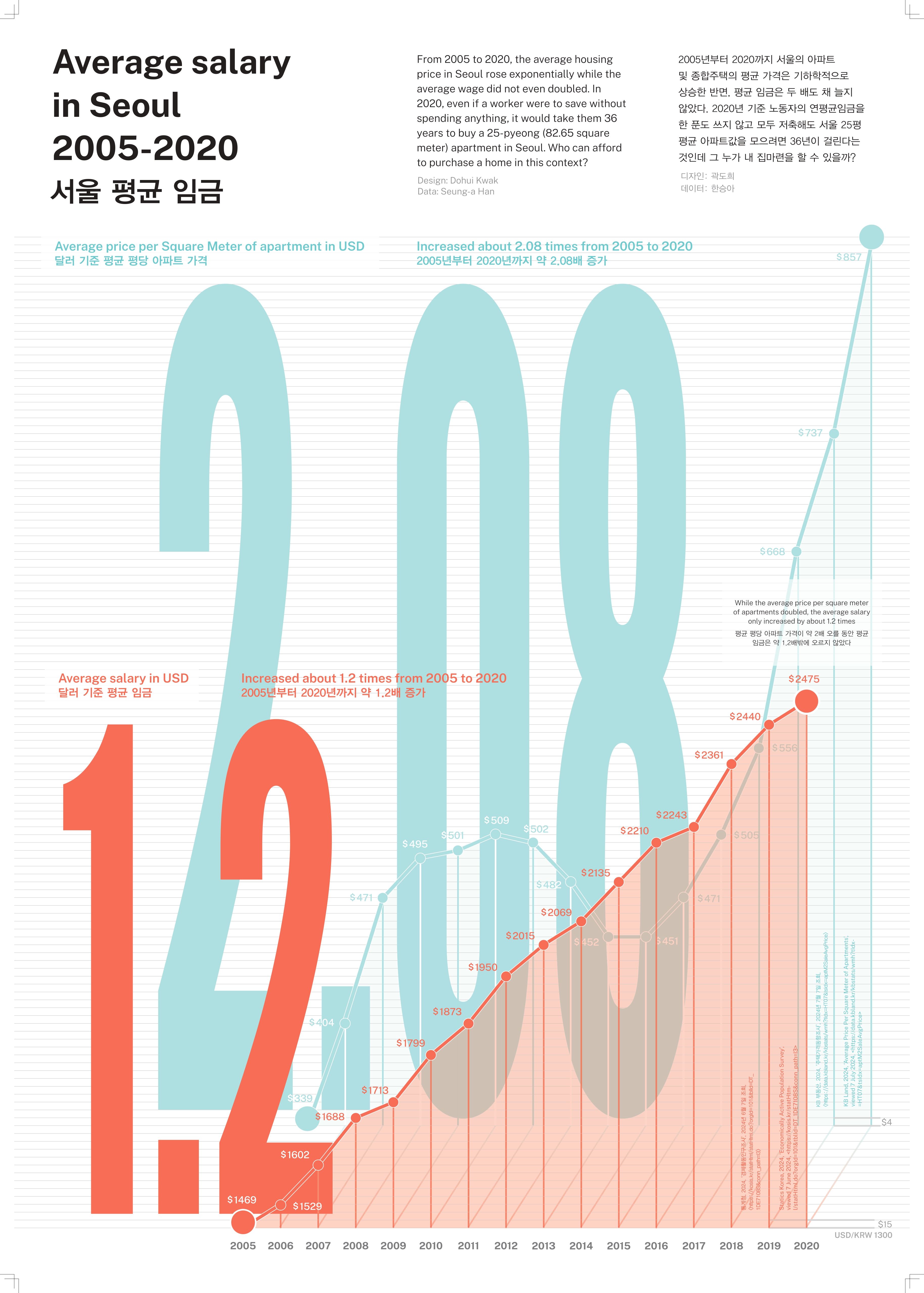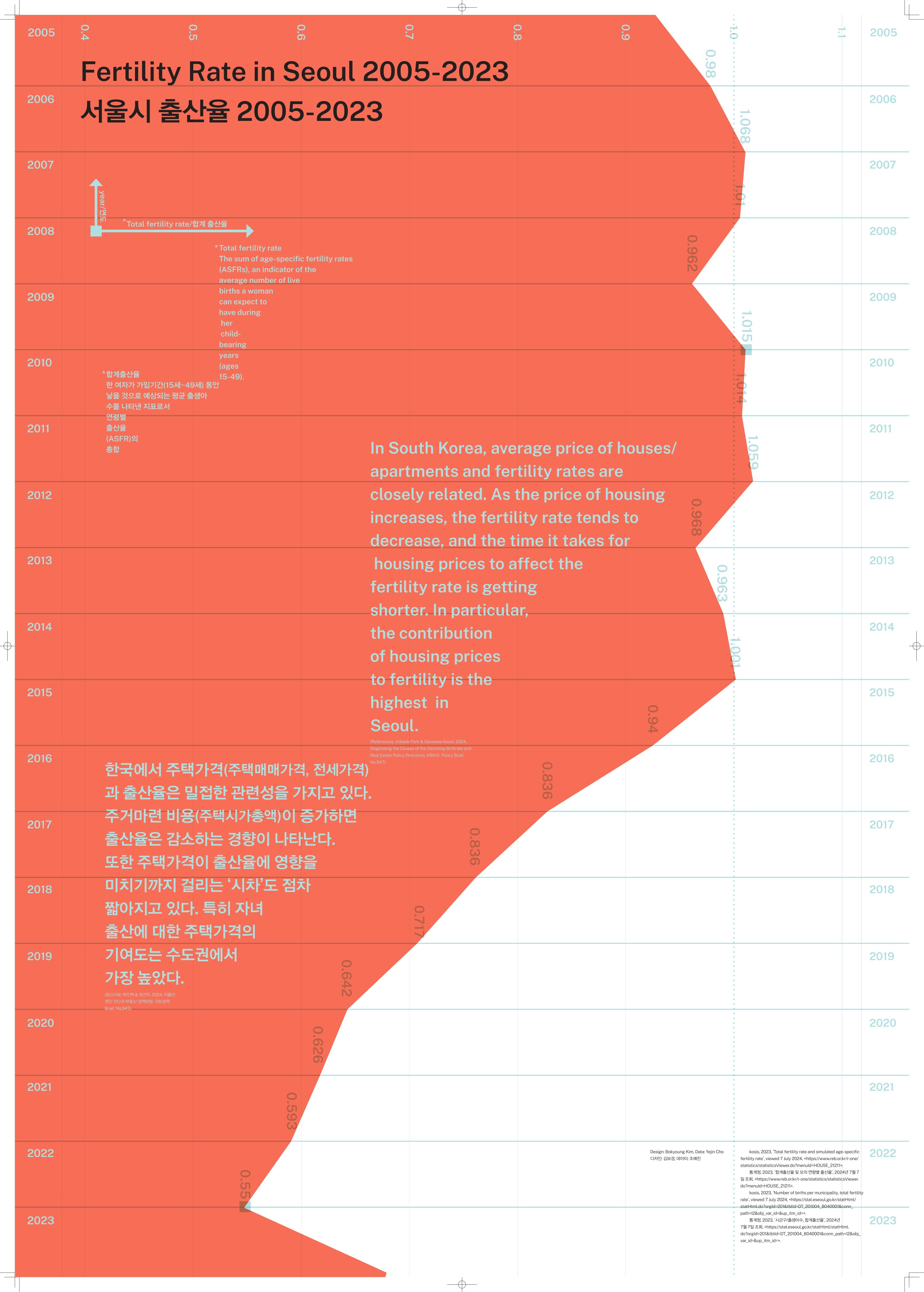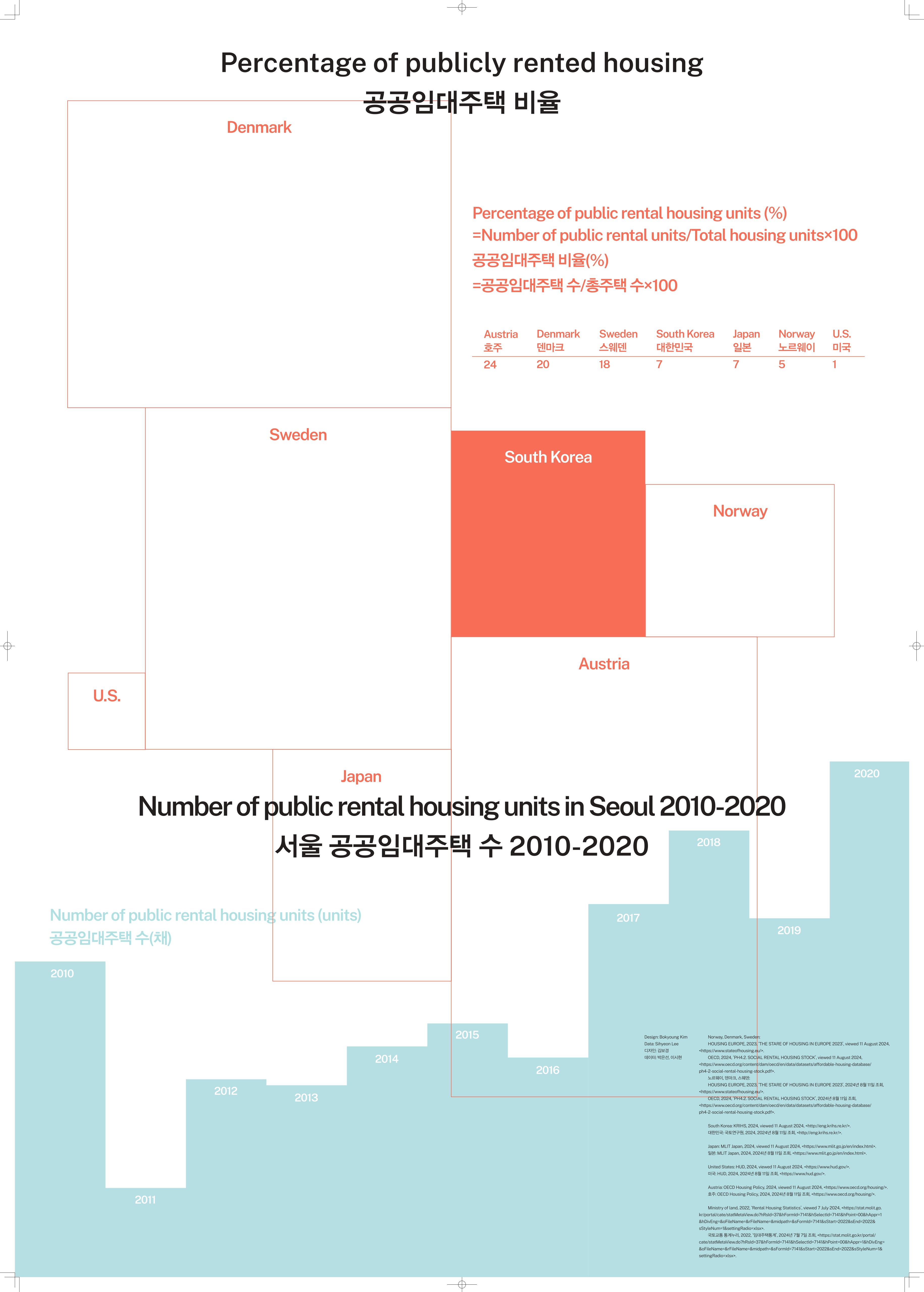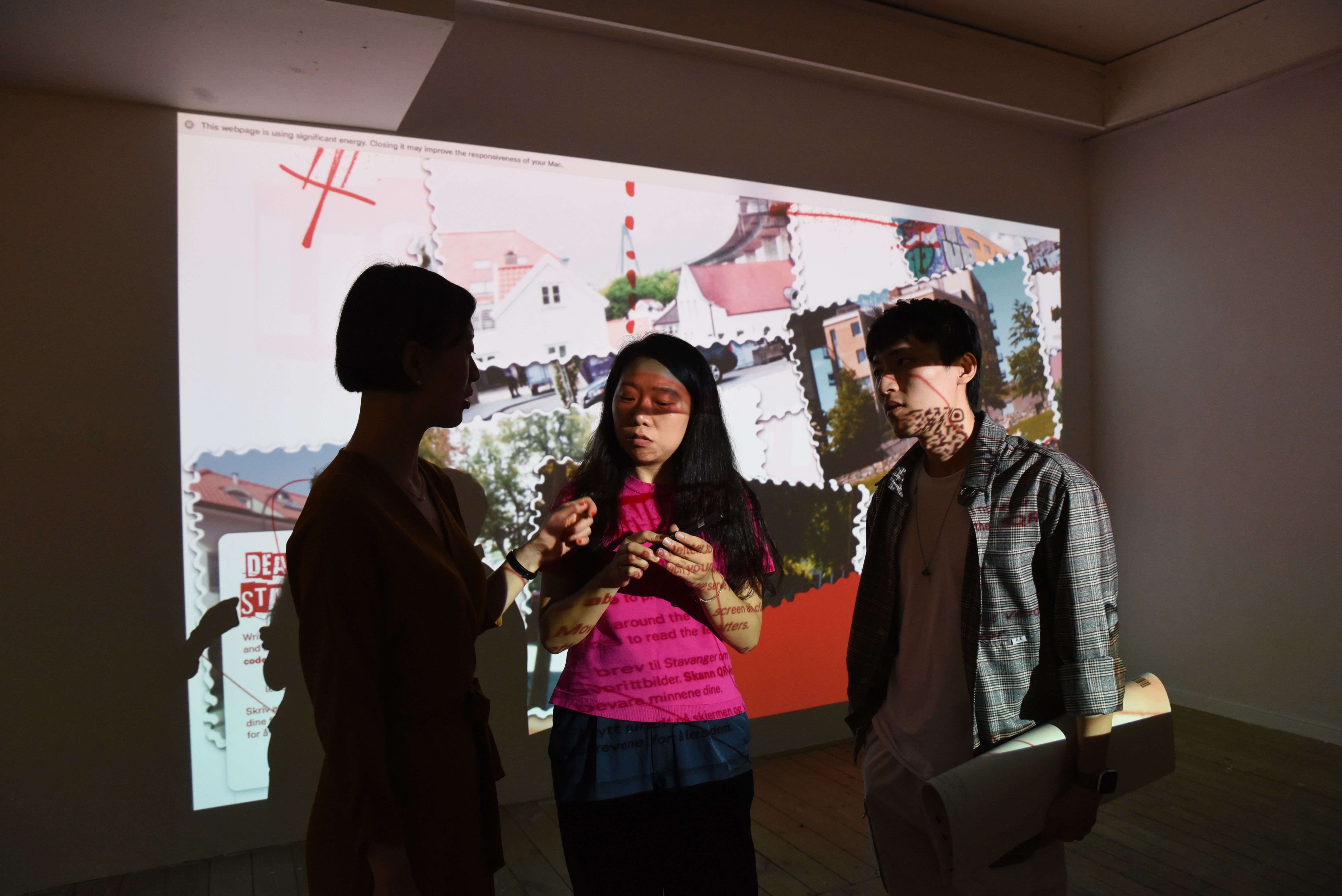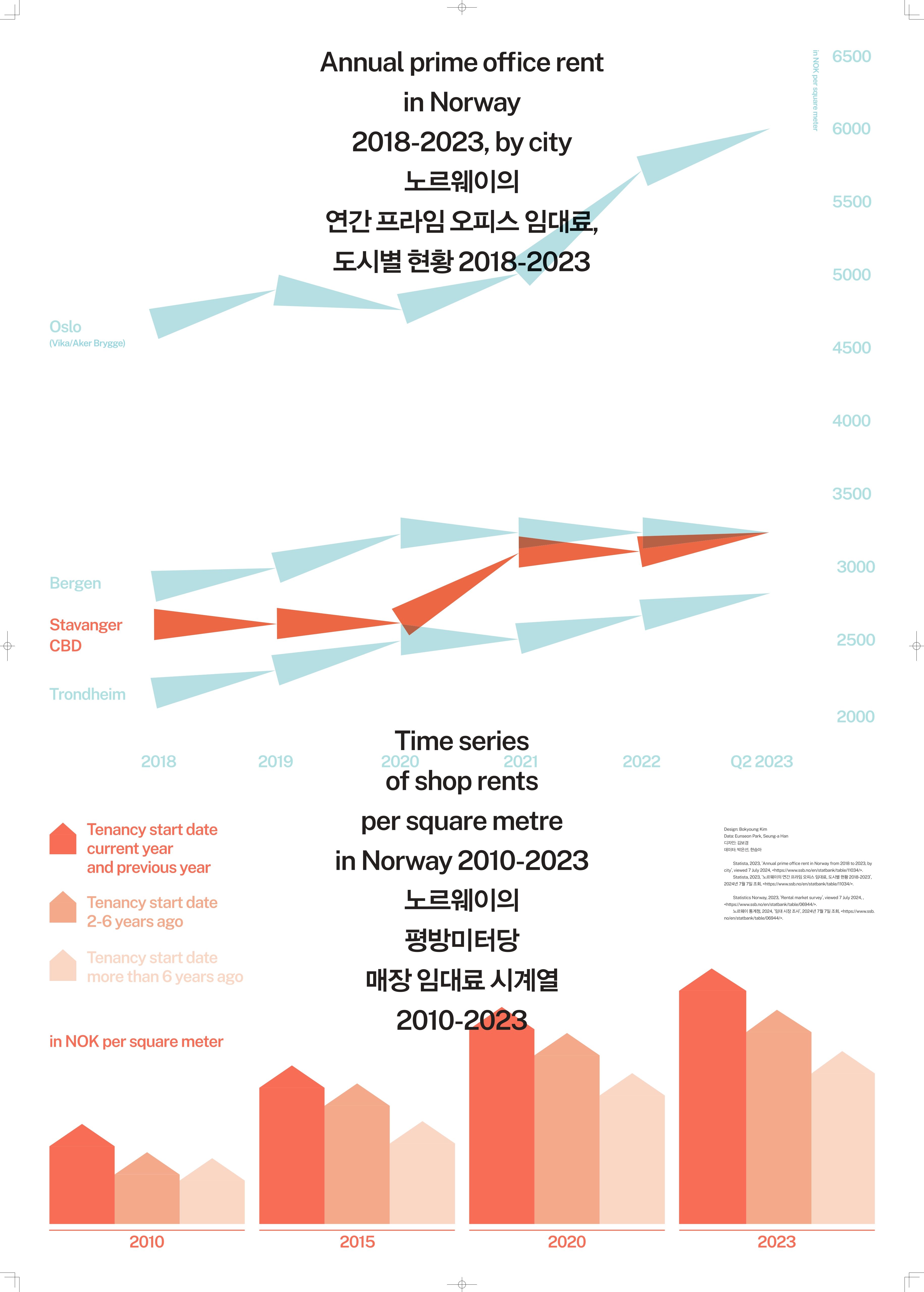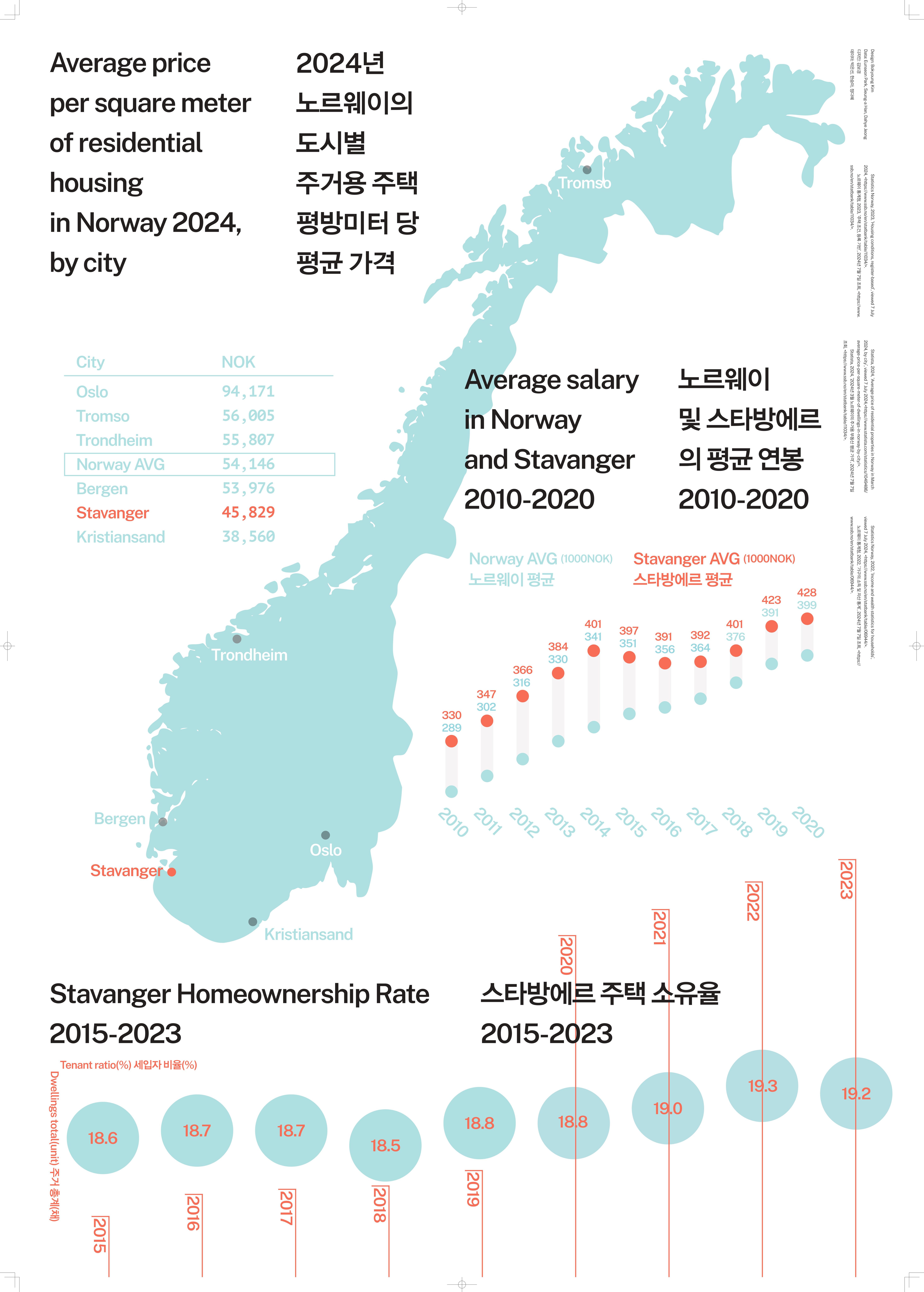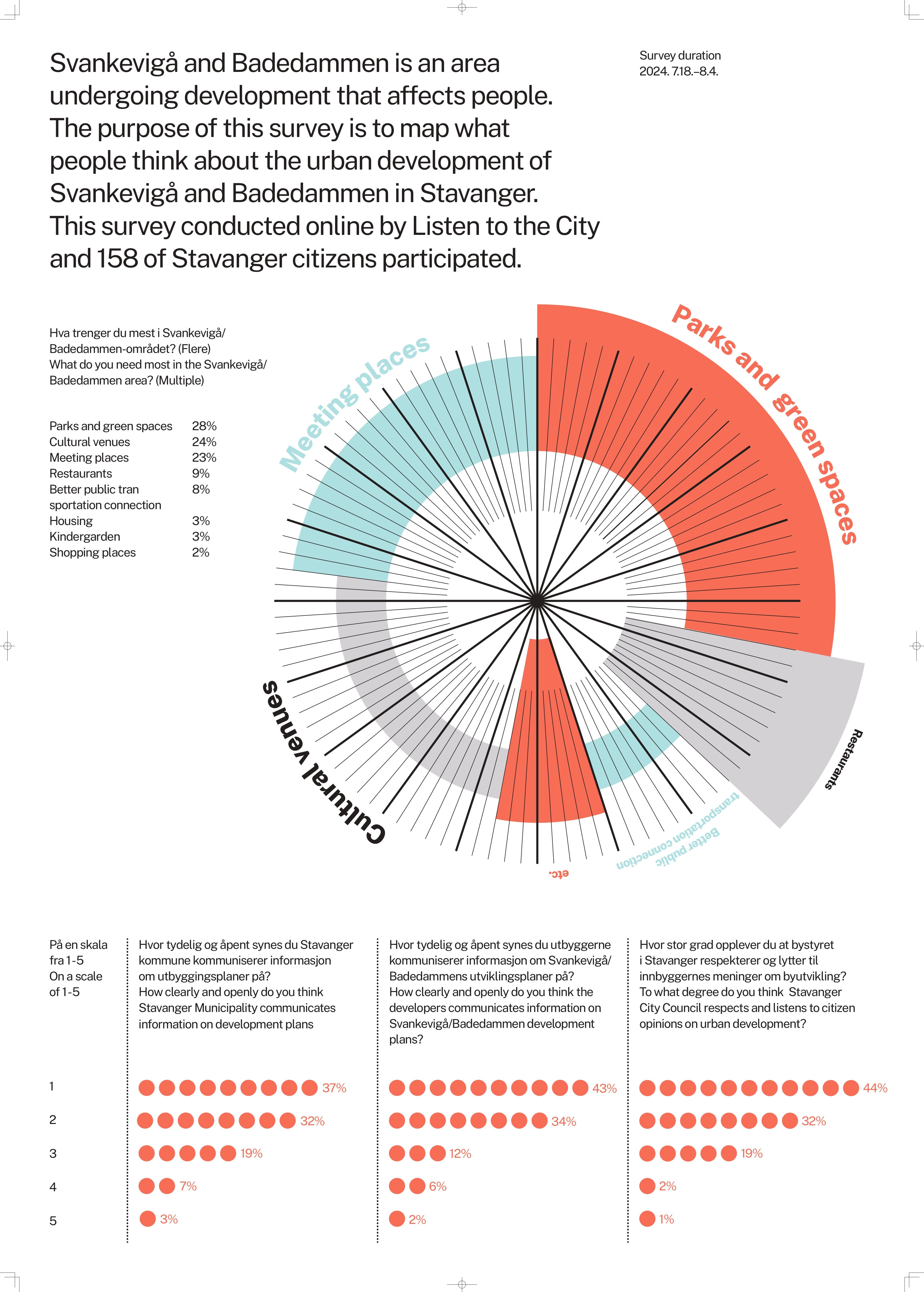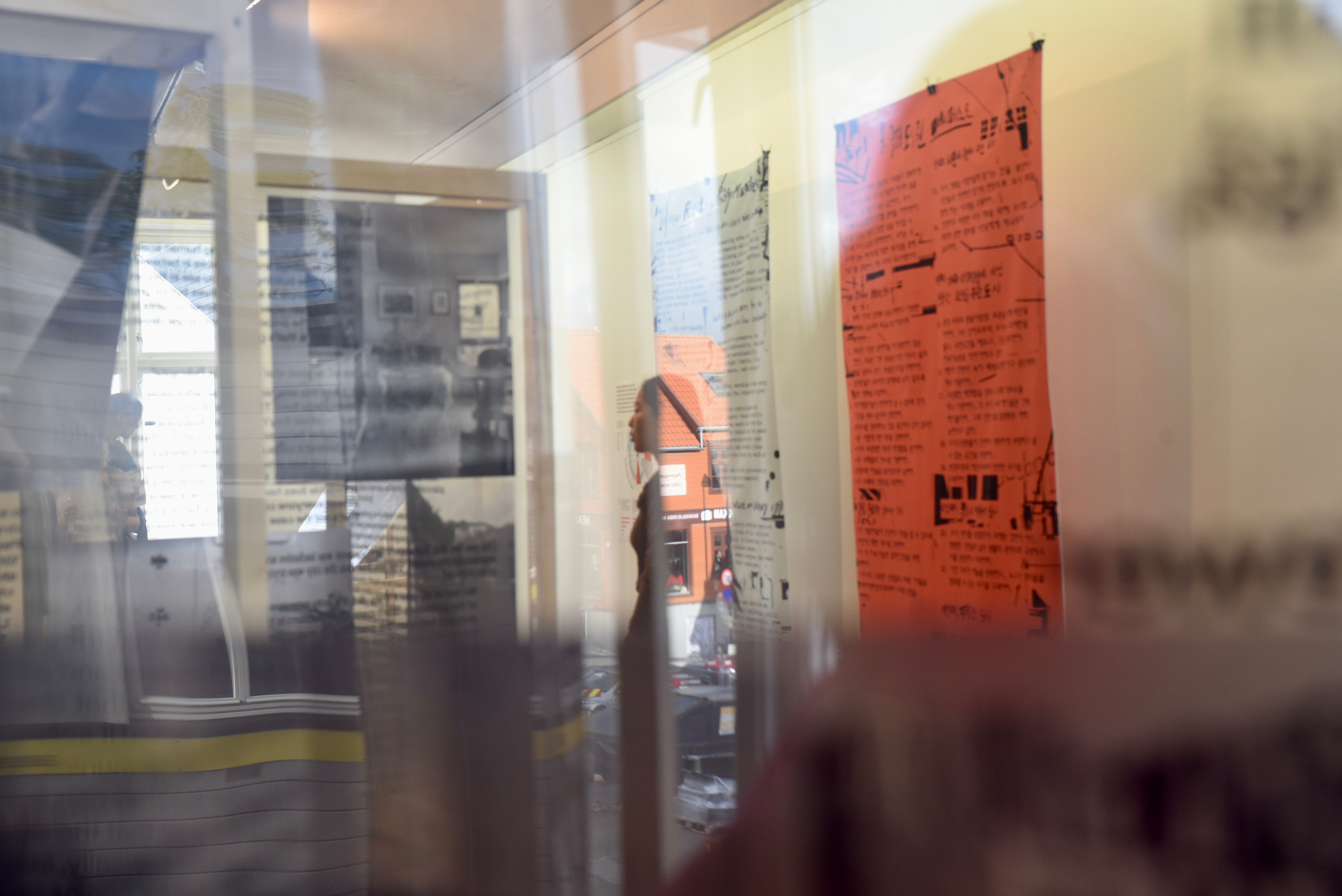In places like South Korea, Japan and Germany, you cannot evict tenants under the pretence of fixing or refurbishing a house. But in Norway you can. So actually what Pedersgata Utvikling are doing is not illegal at all. There's nothing illegal there. But it should be! Many house or building owners have evicted tenants everywhere in the world, just start their own business or so they accommodate a Starbucks later on. So there is a need to change the law. Everywhere in the world, we are facing historical issues. There is no history in the city. If you go to Seoul, you'll be surprised that there's no trace of Korea. You can see a bit, but in general, there's no trace. In South Korea, only 3% of buildings are from before the 1930s. It's very, very small number. Everything else has been demolished. So if Stavanger values its wooden houses, then you have to think about how to protect them. Just next to Rogaland Kunstsenter, where we are now, Stavanger kommune is letting several beautiful houses rot away. This should be illegal. Finally, if you go to the website of Stavanger Kommune, it states that you are allowed to make minor changes to old buildings. But there is no exact category for minor changes. What is minor? So this is not even a clear rule. You have to make it more concrete. We know that Pedersgata Utvikling hired a person who formerly worked for Stavanger kommune to file their applications for modifications. Hiring someone from who used to work somewhere, of course, is not illegal. However, through the many interviews I did for this project, I discovered that many people couldn't get permission to make changes, while Pedersgata Utvikling did, which just confirms that Stavanger kommunes “minor changes” are not clearly defined. There is a lack of consistency.


